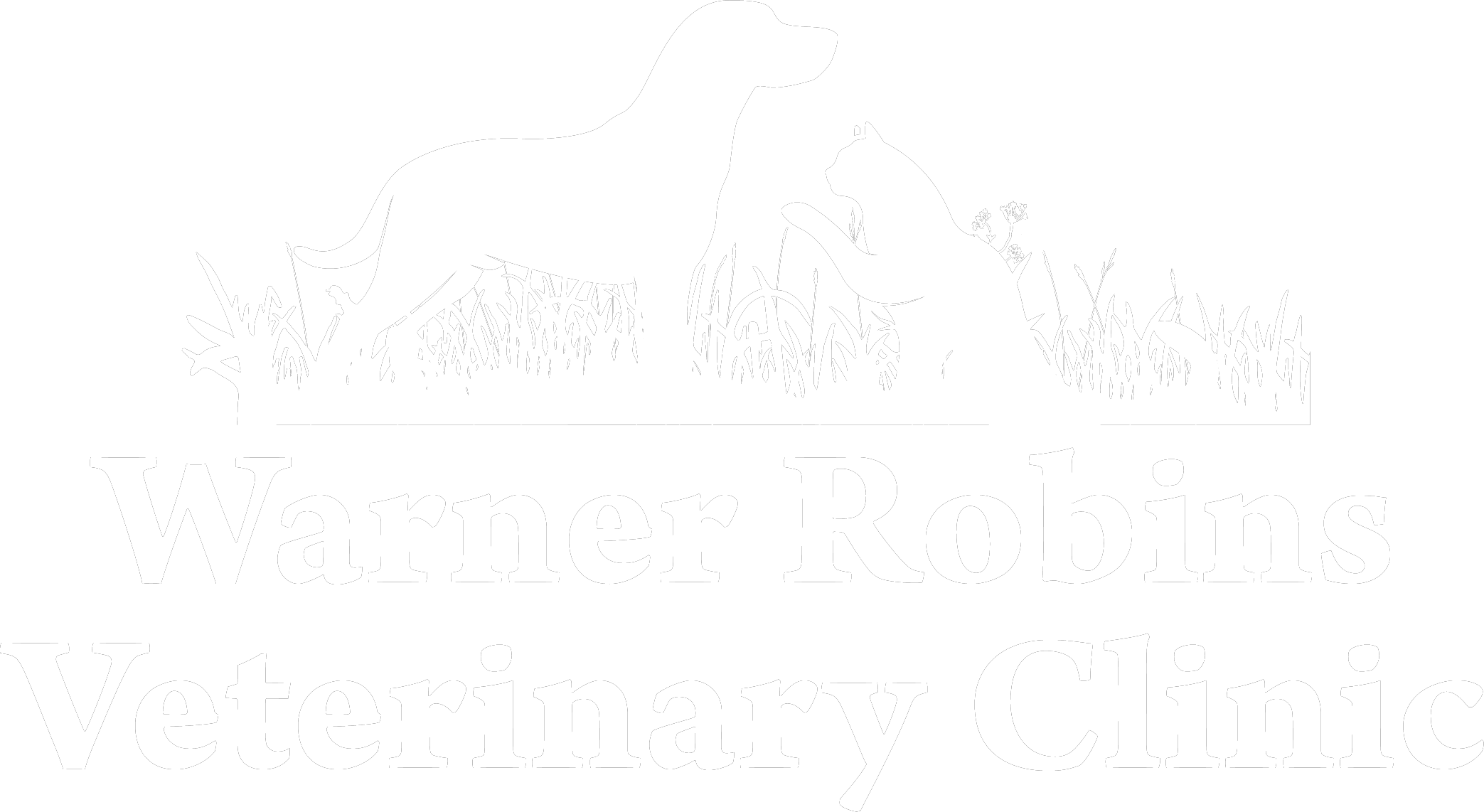Library
Sorry, no articles found.

1326 Feagin Mill Rd,
Warner Robins GA
31088
Monday-Friday: 9:00 AM- 5:30PM
Saturday: 9:00 AM- 12:00 PM
Sunday: CLOSED
We will take walk-ins Monday through Friday from 9-10 am and 2-3 pm.
© 2025 Warner Robins Veterinary Clinic.
Provided by Patterson | Powered by LifeLearn WebDVM

